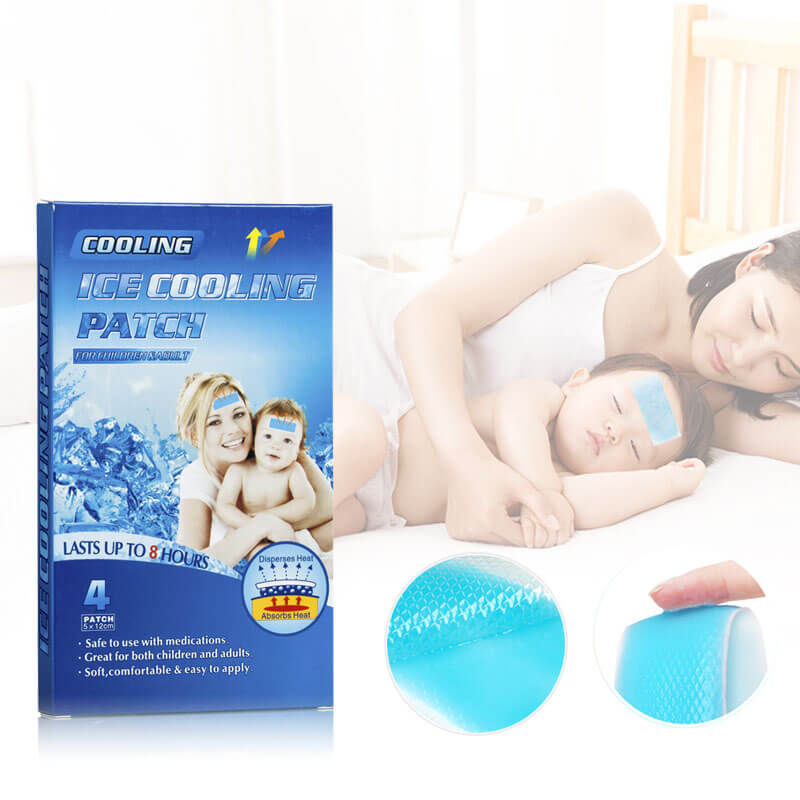Author:Kangdi 20-09-2024
The production of cooling gel patches is a sophisticated process that combines advanced materials science with precise manufacturing techniques. As these patches gain popularity in medical, sports, and beauty markets, manufacturers face the challenge of maintaining high quality while meeting increasing demand.
The production process begins with the formulation of the cooling gel. This typically involves a blend of water, glycerin, and various polymers that create the characteristic gel consistency. Some formulations include additional ingredients like menthol or natural plant extracts for enhanced cooling effects. The exact composition is often a closely guarded trade secret, as it determines the patch's effectiveness and duration of action.
Next comes the patch design and construction. Most cooling gel patches consist of multiple layers: a protective backing, the gel layer, and a permeable front layer that allows the cooling effect to reach the skin. The design must balance factors like flexibility, adhesion strength, and breathability to ensure user comfort and product effectiveness.
The manufacturing process employs advanced technologies such as precision gel dispensing and lamination techniques. Quality control is paramount at every stage, with rigorous testing for gel consistency, patch adhesion, and cooling performance. Many manufacturers use automated vision systems to inspect each patch for defects.
Packaging is another critical aspect of production. Cooling gel patches must be sealed in airtight, moisture-resistant packaging to preserve their efficacy. Some manufacturers use special films that can extend the product's shelf life.
Environmental considerations are increasingly shaping the manufacturing process. Some companies are exploring eco-friendly materials and production methods to reduce the environmental impact of these typically single-use products.
As the market evolves, manufacturers are investing in research and development to improve their products. This includes exploring new cooling agents, developing patches with customizable temperatures, and creating multi-functional patches that combine cooling with other therapeutic effects.
The production of cooling gel patches exemplifies the intersection of consumer needs, scientific innovation, and manufacturing expertise. As demand continues to grow, manufacturers who can balance quality, innovation, and sustainability will likely lead the market in this dynamic industry.
 0086 19937104978
0086 19937104978





